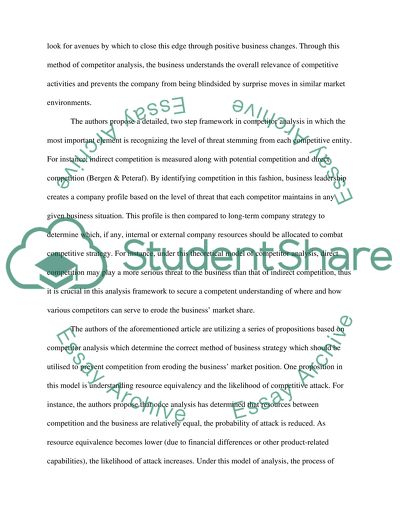Cite this document
(Comparison of Two Journal Articles Highlighting Competitor Analysis Coursework - 1, n.d.)
Comparison of Two Journal Articles Highlighting Competitor Analysis Coursework - 1. Retrieved from https://studentshare.org/journalism-communication/1549102-critical-analysis
Comparison of Two Journal Articles Highlighting Competitor Analysis Coursework - 1. Retrieved from https://studentshare.org/journalism-communication/1549102-critical-analysis
(Comparison of Two Journal Articles Highlighting Competitor Analysis Coursework - 1)
Comparison of Two Journal Articles Highlighting Competitor Analysis Coursework - 1. https://studentshare.org/journalism-communication/1549102-critical-analysis.
Comparison of Two Journal Articles Highlighting Competitor Analysis Coursework - 1. https://studentshare.org/journalism-communication/1549102-critical-analysis.
“Comparison of Two Journal Articles Highlighting Competitor Analysis Coursework - 1”. https://studentshare.org/journalism-communication/1549102-critical-analysis.


